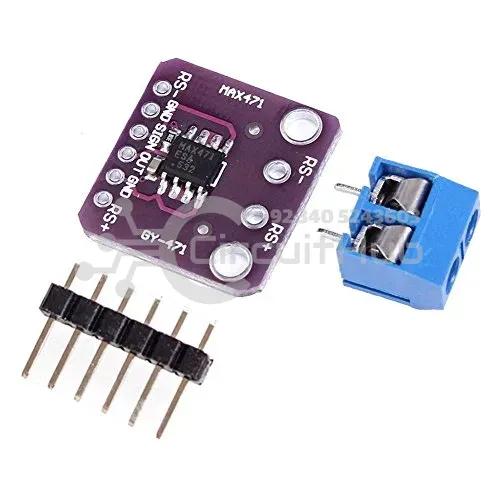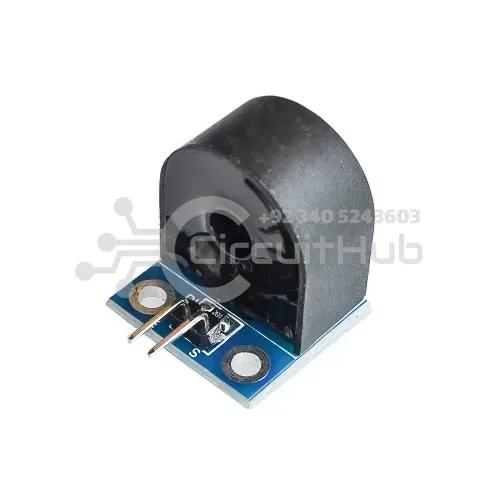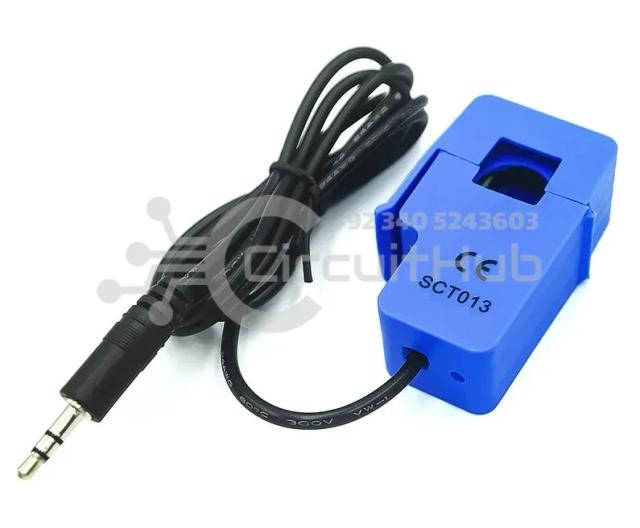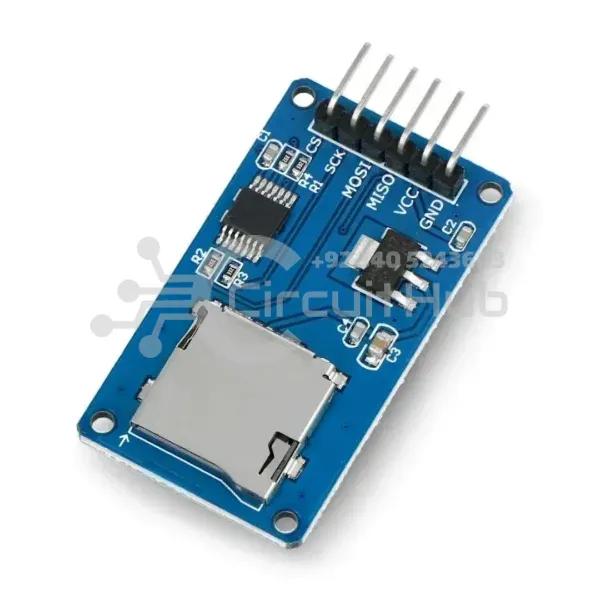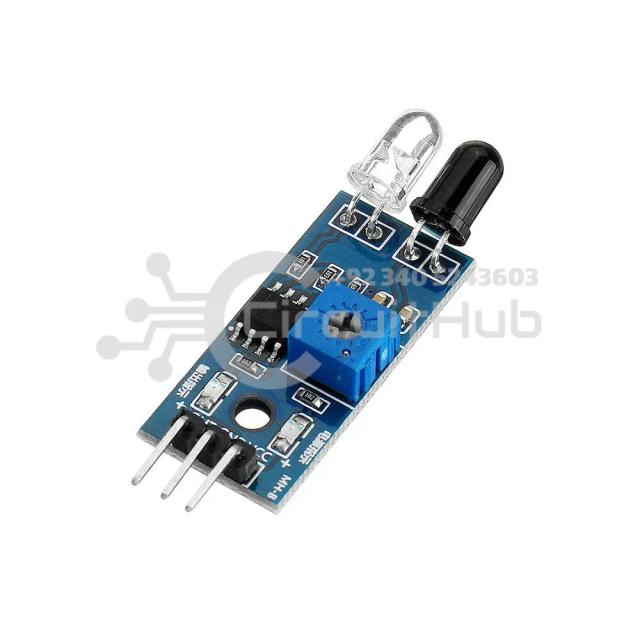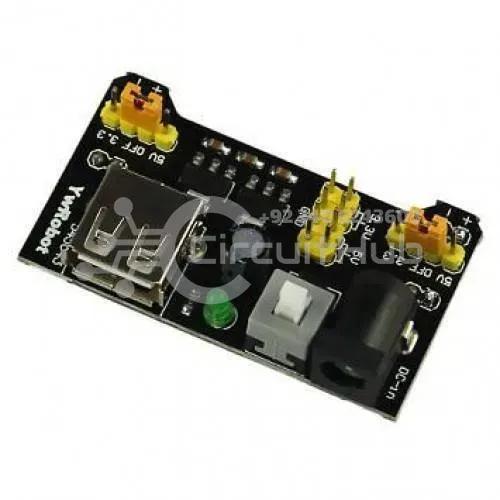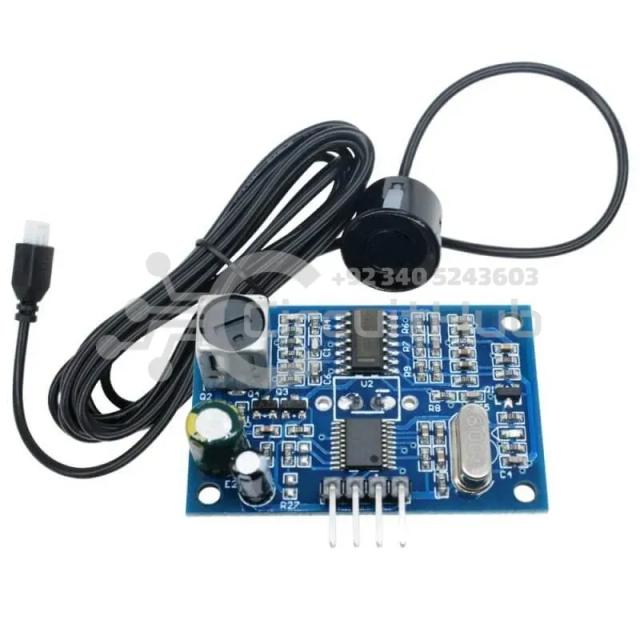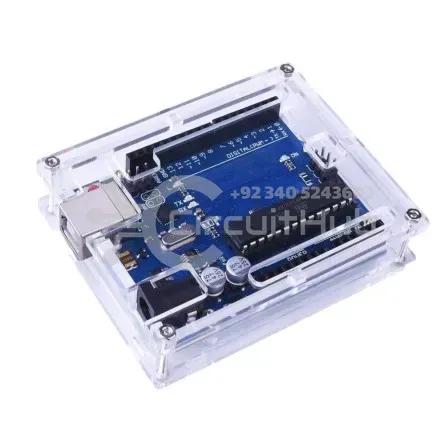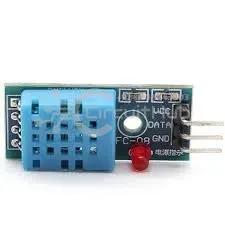+92 340 5243603

Liquid Float Switch Water Float Sensor
Reliable water float sensor for accurate liquid level detection — ideal for hydroponics, aquariums, ponds, pumps, filtration, and gardening systems, with durable waterproof design for marine and automotive use.
PKR 390/-
Product Description
A liquid float switch (water level sensor) reliably senses liquid levels and acts as a water level controller — perfect for controlling pumps, alarms, and indicators in hydroponics, aquariums, ponds and many other fluid-control applications.
Key Uses & Applications
- Hydroponics — hydroponics float switch
- Saltwater & freshwater aquariums — aquarium float sensor for power head control and reef tanks
- Ponds & pond pumps — pond pump float switch
- Gardening & irrigation systems
- Basement alarms & condensate line protection
- Marine & automotive fluid control
- Ice machines, coffee pots, pressure washers, carpet cleaning machines
- General filtration, heating, evaporator coils, and relay control
Benefits
- Simple, reliable liquid level detection for both residential and commercial setups
- Convertible between Normally Open (NO) and Normally Closed (NC) by inverting the float
- Easy integration with pumps, relays, and control circuits for automated water management
- Compact, waterproof design suitable for harsh environments
Important Safety & Installation Note
The switch rating is low — it carries small switching current (max 0.5 A). Always use a relay or contactor when switching larger loads (motors, large pumps). Improper direct connection to heavy loads can damage the switch or create safety hazards.
Specifications
| Specification | Value |
|---|---|
| Cable Length | 30.5 cm |
| Maximum Load | 50 W |
| Max Switching Voltage | 100 V DC |
| Minimum Voltage | 250 V DC |
| Maximum Switching Current | 0.5 A |
| Max Load Current | 1.0 A |
| Max Contact Resistance | 0.4 Ω |
| Operating Temperature | -20 °C to 80 °C |
Recommended Installation Tips
- Mount the float vertically and allow free movement without obstruction.
- Use a relay or contactor suitable for your pump or motor current.
- Seal cable entry points to avoid water ingress and corrosion.
- Test the NO/NC function after inverting the float for correct operation.
